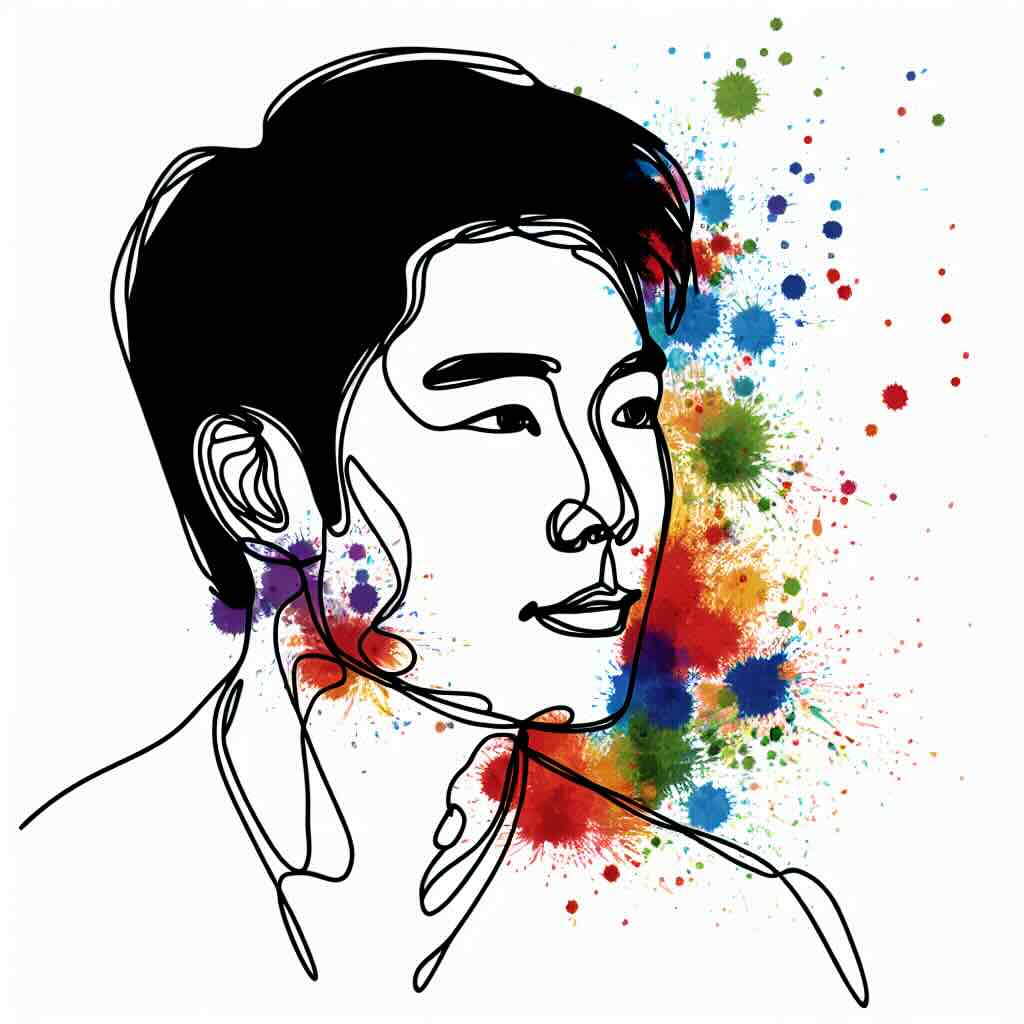Implementing effective assessment strategies is critical to measuring the success of skills development in learners. By employing a combination of formative and summative assessments, instructional designers can gather valuable data, address learning gaps, and enhance the educational experience. This blog post explores various assessment techniques, their benefits and risks, and offers practical tips for new instructional designers.
Table of Contents
1. Understanding Formative and Summative Assessments
2. Utilizing Practical and Authentic Assessments
3. The Role of Technology in Assessment
4. The Importance of Feedback and Reflection
5. Balancing Objective and Subjective Measures
6. Benefits
7. Risks
8. One Thing You Can Try Today
9. Conclusion
10. Try it yourself
11. Related Topics
Understanding Formative and Summative Assessments
Formative and summative assessments are the backbone of effective skills evaluation. Formative assessments, conducted during the learning process, help in monitoring learners' progress and pinpointing learning gaps. Techniques like quizzes, classroom discussions, and peer reviews facilitate immediate feedback. On the other hand, summative assessments evaluate overall learning at the end of a learning experience, using methods such as final exams or comprehensive projects. These assessments provide a conclusive analysis of learners' skills acquisition and a demonstration of their capabilities.
Utilising Practical and Authentic Assessments
For meaningful measurement of skills development, integrating practical and authentic assessments into your instructional design is essential. Practical assessments, such as hands-on projects or simulations, require learners to apply their skills in realistic scenarios, thereby enhancing retention and understanding. Authentic assessments mimic real-world challenges and tasks that learners are likely to encounter in their careers. Examples include case studies, client-based projects, and role-playing activities. These methods not only evaluate skills but also promote critical thinking and problem-solving abilities.
The Role of Technology in Assessment
Technology plays a pivotal role in modern assessment strategies. Online assessment tools, learning management systems (LMS), and e-portfolios offer versatile platforms for administering, grading, and providing feedback on both formative and summative assessments. Technologies like adaptive learning software and analytics tools can personalise assessments to individual learners' needs and track their progress in real-time. Additionally, virtual reality (VR) and augmented reality (AR) applications bring immersive, interactive elements to assessments, making them more engaging and insightful.
The Importance of Feedback and Reflection
Feedback is vital for effective skills development; it bridges the gap between current performance and desired outcomes. Timely and constructive feedback helps learners understand their strengths and areas for improvement. Additionally, encouraging regular reflection exercises allows learners to self-assess and connect feedback with their learning goals. Tools like reflective journals, self-assessment checklists, and guided peer reviews support this continuous improvement cycle. By fostering a culture of feedback and reflection, instructional designers can create a more dynamic and growth-oriented learning environment.
Balancing Objective and Subjective Measures
Effective assessment strategies involve a balance between objective and subjective measures. Objective assessments, such as multiple-choice tests, provide quantifiable data and are useful for evaluating factual knowledge and straightforward skills. Subjective assessments, like essays or presentations, allow for more nuanced evaluation of critical thinking, creativity, and practical application. Combining both types provides a comprehensive picture of skills development. Clear rubrics and criteria ensure consistency and fairness in subjective assessments, while analytics from objective methods inform data-driven instructional decisions.
Benefits
Effective assessment strategies offer multiple benefits:
- Accurate Measurement: Provides a reliable measure of learners' skills and knowledge.
- Targeted Feedback: Helps in giving specific, actionable feedback.
- Engagement: Encourages active participation and engagement through varied assessment forms.
- Progress Tracking: Enables continuous monitoring and adjustment of teaching strategies.
- Skill Application: Prepares learners for real-world situations through practical and authentic tasks.
Risks
However, there are some risks:
- Over-Reliance on Technology: Dependence on advanced tools can be problematic if access is unequal.
- Assessment Anxiety: High-stakes assessments can cause stress and negatively impact performance.
- Bias in Subjective Measures: Subjective assessments can be influenced by unconscious biases.
- Resource Intensive: Designing and administering diverse assessments can be time-consuming and require substantial resources.
- Misalignment with Goals: Poorly designed assessments may not accurately measure the intended skills.
One Thing You Can Try Today
Create a micro-assessment for a specific skill using a combination of formative and summative approaches. Start with a short quiz (formative), followed by a reflective journal entry (formative), and conclude with a hands-on task or project (summative). This mix will give you insights into your learners' ongoing progress and final competency.
Conclusion
Effective assessment strategies are essential for measuring and promoting skills development. By implementing a blend of formative and summative assessments, utilising technology, and providing meaningful feedback, instructional designers can create a robust framework that supports continuous learning and growth.
Try it yourself
1. Review your current assessment practices and identify areas for improvement.
2. Incorporate at least one new form of practical or authentic assessment into your next training module.
3. Use technology to streamline your assessment process and track learner progress effectively.
Related Topics
- Designing Effective E-Learning Courses
- Leveraging Gamification in Assessments
- Creating Interactive Learning Environments
- Enhancing Learner Engagement
- Utilising Data Analytics in Instructional Design







